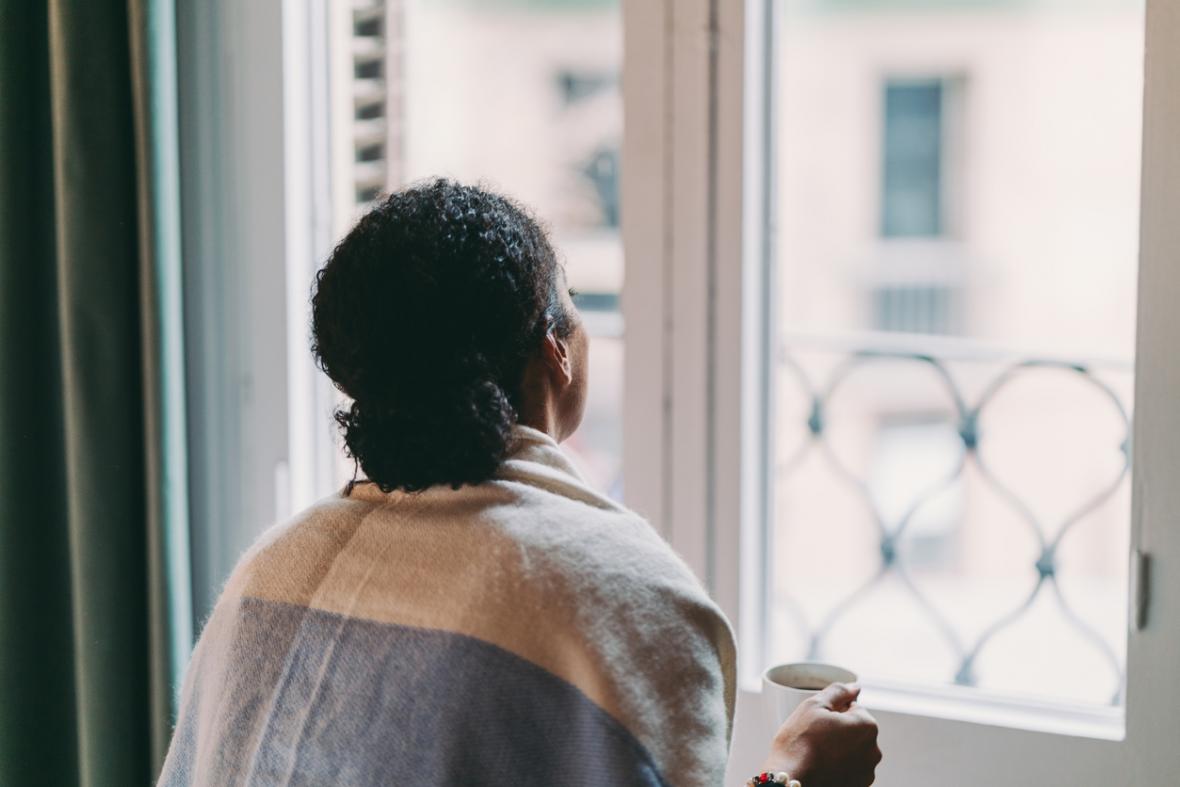This study presents the first national, population-based estimate of experience with self-managed abortion in the United States. It highlights the need to ensure people have access to the safest and most effective methods of self-managed abortion.
Key Findings

Study Design
Researchers invited participants originally recruited by the global market research group Ipsos to participate in an online survey on “women’s experiences and opinions related to reproductive health care.” Participants who answered affirmatively about experience with self-managed abortion were asked a series of follow-up questions about their most recent attempt. In total, 7,022 women ages 18 to 49 completed the survey.
One in five participants indicated that the reason they attempted to self-manage abortion was because they could not locate a provider or would have to travel too far to get to a clinic. Several factors — including unprecedented levels of new state-level abortion restrictions, the potential for a Supreme Court decision that could reshape federal constitutional protections on abortion, and the COVID-19 global pandemic — are poised to endanger abortion access even further, suggesting an urgent need to pay close attention to trends in self-managed abortion.
“As abortion clinics close due to increased abortion restrictions and a reduced demand for facility-based abortions, and a growing demand for convenience, privacy, and the comfort of self-managed abortion and self-care more broadly, it is likely that [self-managed abortion] will become more prevalent in the U.S., as it is today in other countries.”
This study, Prevalence of Self-Managed Abortion Among Women of Reproductive Age in the United States, is available in JAMA (the Journal of the American Medical Association).
